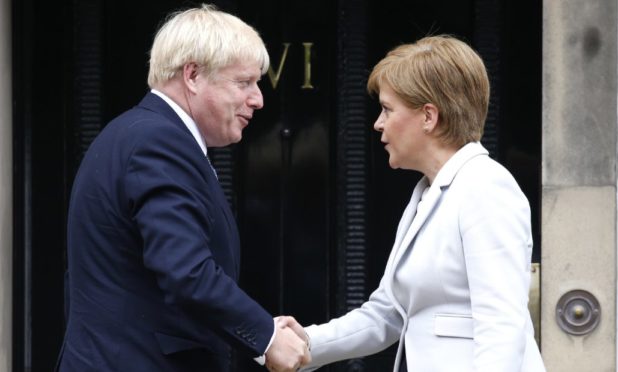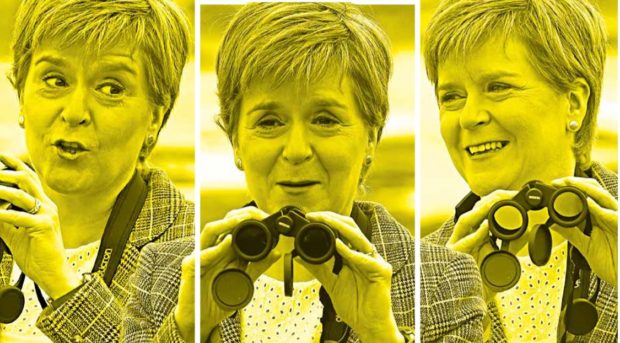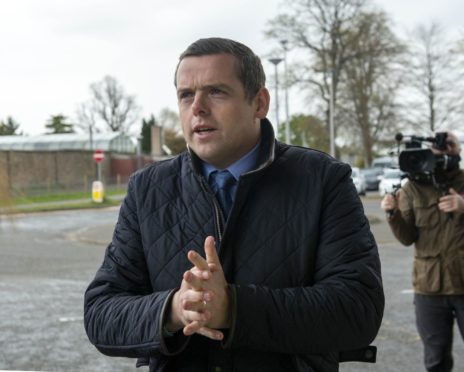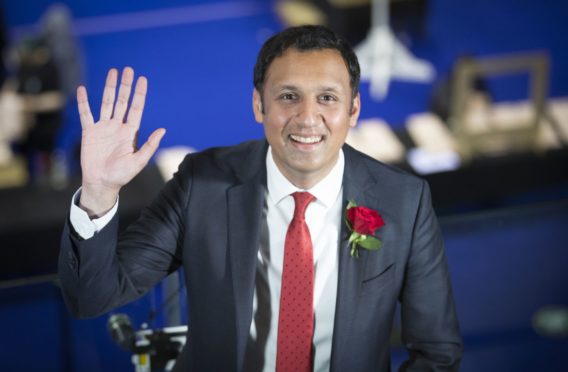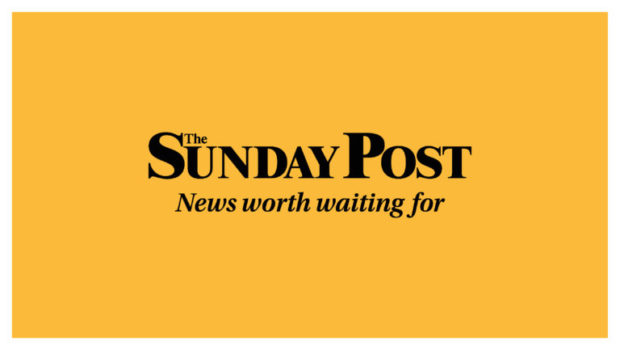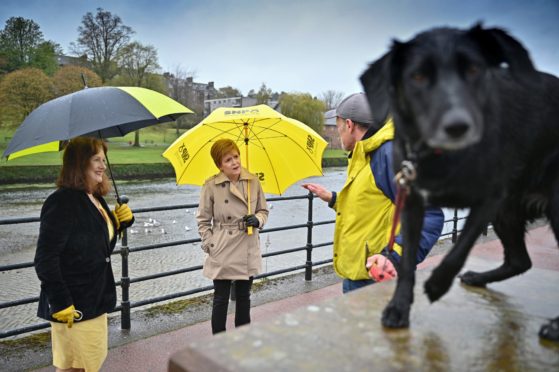
By any standards these elections have been a triumph for the SNP with the party winning a historic fourth consecutive term.
It was also a huge personal mandate for Nicola Sturgeon. The achievement is not to be underestimated given the momentous political changes of the past five years. Since Holyrood last went to the polls in 2016, the UK has changed beyond recognition after a Brexit referendum, three General Elections and a realignment of UK politics.
Beyond the drama of Westminster, the biggest challenge has been the appalling toll of the pandemic. As one senior minister told me “this is the hardest issue any of us have ever dealt with”. The health emergency and the economic consequences will dominate the early months of Nicola Sturgeon’s next administration. So even though this has been a tremendous set of results for the SNP no one should underestimate the challenges that remain.
The Scottish parliament has responsibility over important areas of domestic policy such as health and education. People will expect the SNP to deliver on the commitments it made during the campaign. Delivering public services as an effective government team has been core to SNP success in recent years, with the party winning support and trust for their work.
However, it will be in areas outside Holyrood’s remit where the party will need to make most progress. Voters turned out and backed the SNP overwhelmingly at this election. That was in part due to the party’s record in government. However, it was also because those voters believe in independence. SNP voters and members alike will want to see progress in the party delivering an independence referendum.
The voters’ desire for independence will be sharpened by the divergences that are opening up between Holyrood and Westminster governments. The Hartlepool by-election and success in English local elections will have strengthened the hand of Boris Johnson and his brand of conservatism. It is hard to imagine Labour making any kind of challenge to the Tories anytime soon.
Boris Johnson is a radical prime minister who is changing the UK whether Scots like it or not. However his brand of politics has again been rejected by Scotland’s voters.
The SNP won, and won well, standing on a platform of securing an independence referendum. The Tories again stood on a platform of stopping a referendum and lost again.
To give a bit of perspective, the SNP won approximately 85% of the first past the post seats. If that was a winning party at a Westminster election that is the equivalent of winning 550 out 650 seats. That is quite the mandate.
There will be pressure on the SNP to make progress on independence. Yet at the same time the Westminster government cannot simply reject democratic mandate after democratic mandate. This is as much a crunch time for unionists as it is for independence supporters. We have not seen the end of political drama.
Stephen Gethins is a professor of practice at the School of International Relations at St Andrews University and a former SNP MP

Enjoy the convenience of having The Sunday Post delivered as a digital ePaper straight to your smartphone, tablet or computer.
Subscribe for only £5.49 a month and enjoy all the benefits of the printed paper as a digital replica.
Subscribe